IGP Gard
a region bathed in light


With its variety of vineyard sites, grape varieties and wines,
IGP Gard reveals a multi-faceted persona,
whilst at the same time displaying an unmistakable Mediterranean character.

IGP Gard and its geography
The department, and therefore the IGP, is named after the river Gardon which runs across the area. Gard brushes up against both Languedoc and the Rhone Valley – its capital city Nîmes is virtually equidistant from Avignon and Montpellier. Gard is located in the furthermost corner of the Occitanie region, siding towards Provence, and it is home to a mosaic of landscapes. There are mountains – like Mont Aigoual and Mont Bouquet – a mountainous area called the Cevennes, the Cevennes foothills, the plains, garrigue, the Camargue and the coast. Sixty-five percent of the region is either a natural environment and/or farmland.
Foundation
September 13
1968
Territory
351
villages
production
169 120 hL
producers
90 independent wineries
40 co-operatives
colours
red
40%

rosé
40%

white
20%

Main grape varieties
authorized for the reds
Carignan
Grenache
Cinsault
Syrah
Merlot
Cabernet Sauvignon
Main grape varieties
authorized for the rosés
Carignan
Grenache
Cinsault
Syrah
Merlot
Cabernet Sauvignon
Main grape varieties
authorized for the whites
Grenache blanc
Vermentino
Roussanne
Viognier
Bourboulenc
terroir


From the foothills of the Cevennes to the edge of the Camargue and the Mediterranean, the vineyards are buffeted by the strong Mistral wind, or gentler sea breezes creating airflow. They are rooted on steep hillsides but also across the valley floors or limestone garrigue land. Although their extensive footprint is steeped in a Mediterranean atmosphere, there are also myriad climatic and geological nuances which shape multiple, diminutive vineyard sites.
Here, the wines are extremely expressive. The reds, designed either to be laid down or for early-drinking, can display powerful aromas like liquorice notes, or very fresh red fruit scents which are also found in the rosés, but in a less intense way. The same variety shows through in the whites, some of which are delicate and ethereal.

History

The region is home to a combination of striking ancient heritage, including Roman vestiges like the Pont du Gard and the Arena in Nîmes, but also remnants of mediaeval times. This variety is mirrored in the long-standing history of wine here, punctuated by wars of religion in the North, along with a close-knit sense of community across the area. Its history is also marked by the development of roads, which boosted the prosperity of the wine region.





